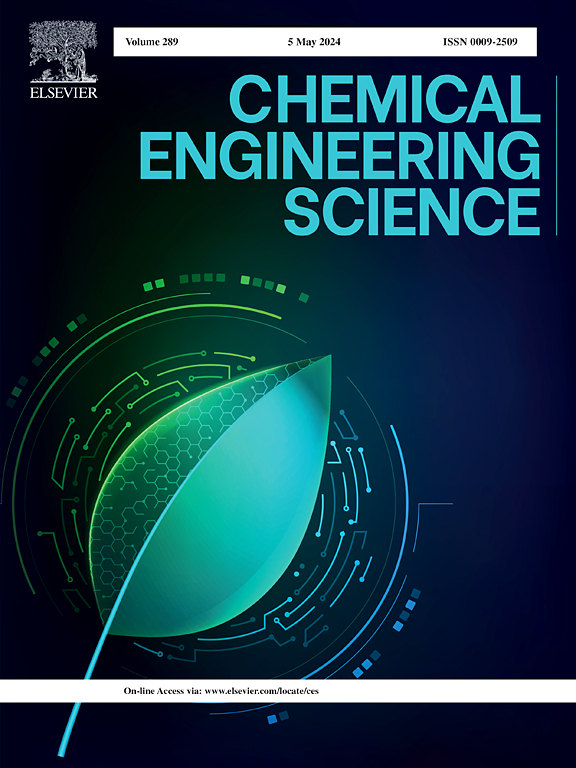Fluid Mechanics of cell transduction at various scales of pharmaceutical bioreactors
IF 4.1
2区 工程技术
Q2 ENGINEERING, CHEMICAL
引用次数: 0
Abstract
This study employs computational fluid dynamics (CFD) to analyse the scale-up of bioreactors used for lentiviral vector (LVV) transduction of hematopoietic stem cells. LVV transduction is used in the manufacture of many current and promising gene therapies. Two sizes of bioreactors are considered, containing liquid volumes of 0.5 mL and 60 mL, respectively. The smaller system consists of a well plate on a reciprocating shaker, as used in (for example) initial product development, while the larger commercial bioreactor consists of a larger cylindrical chamber that relies on intermittent vessel rotation for mixing. The simulations were validated using previously published experimental fluid dynamics data. Cell transduction efficiency was measured within the two reactors to compare against the fluid dynamics of the process obtained via CFD. Findings highlight the critical impact that local strain rates have on transduction efficiency. In the larger system, high rotational speeds push cells toward the vessel side walls, where a recirculation zone traps them in regions of elevated strain. This phenomenon correlates with lower transduction performance. Additionally, under these conditions in the larger system, the model predicts dewetting of the bottom reactor surface which reinforces outward cell movement and may directly further harm transduction efficiency. Transduction in the smaller system, and in the larger system at lower rotational speeds, is found to be superior to the larger system at higher rotational speeds, suggesting that the critical strain rate at which strain rate disrupts LVV transduction lies within the range of approximately 280 s−1 to 2070 s−1.

不同规模制药生物反应器中细胞转导的流体力学
本研究采用计算流体动力学(CFD)分析用于造血干细胞慢病毒载体(LVV)转导的生物反应器的放大。LVV转导被用于制造许多当前和有前途的基因疗法。考虑了两种尺寸的生物反应器,其液体体积分别为0.5 mL和60 mL。较小的系统由往复振动筛上的孔板组成,用于(例如)初始产品开发,而较大的商业生物反应器由较大的圆柱形腔室组成,依靠间歇容器旋转进行混合。利用先前发表的实验流体动力学数据验证了模拟结果。在两个反应器内测量细胞转导效率,以与通过CFD获得的过程流体动力学进行比较。研究结果强调了局部应变率对转导效率的关键影响。在较大的系统中,高转速将细胞推向血管侧壁,在那里,再循环区将细胞困在张力升高的区域。这种现象与较低的转导性能有关。此外,在这些条件下,在更大的系统中,该模型预测反应器底部表面的脱湿,这加强了细胞向外移动,并可能直接进一步损害转导效率。小系统和大系统在较低转速下的转导优于大系统在较高转速下的转导,这表明应变速率破坏LVV转导的临界应变速率大约在280 s−1到2070 s−1之间。
本文章由计算机程序翻译,如有差异,请以英文原文为准。
求助全文
约1分钟内获得全文
求助全文
来源期刊

Chemical Engineering Science
工程技术-工程:化工
CiteScore
7.50
自引率
8.50%
发文量
1025
审稿时长
50 days
期刊介绍:
Chemical engineering enables the transformation of natural resources and energy into useful products for society. It draws on and applies natural sciences, mathematics and economics, and has developed fundamental engineering science that underpins the discipline.
Chemical Engineering Science (CES) has been publishing papers on the fundamentals of chemical engineering since 1951. CES is the platform where the most significant advances in the discipline have ever since been published. Chemical Engineering Science has accompanied and sustained chemical engineering through its development into the vibrant and broad scientific discipline it is today.
 求助内容:
求助内容: 应助结果提醒方式:
应助结果提醒方式:


